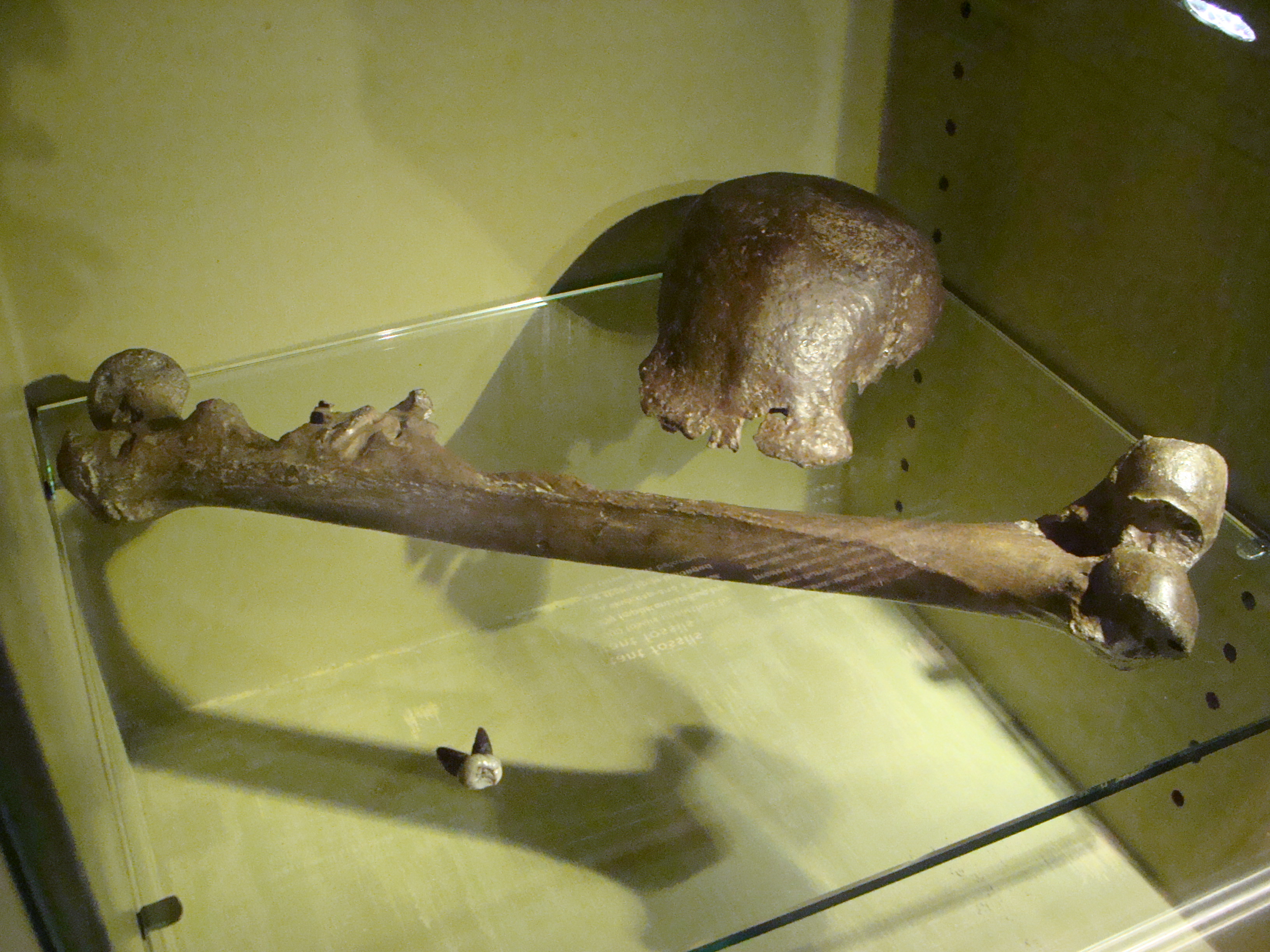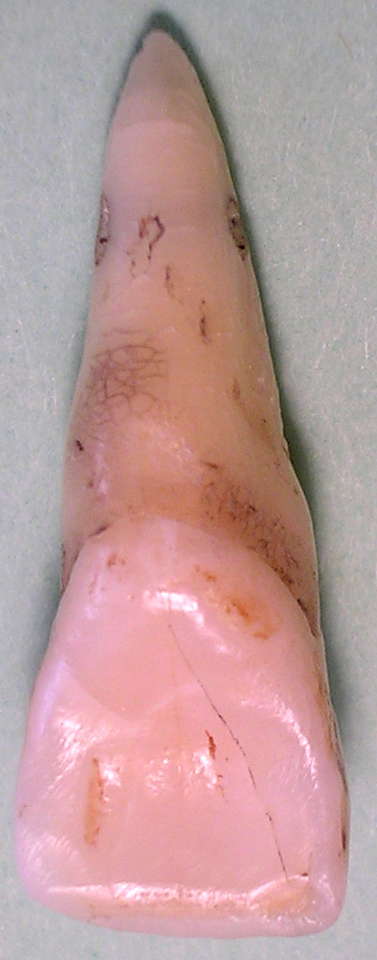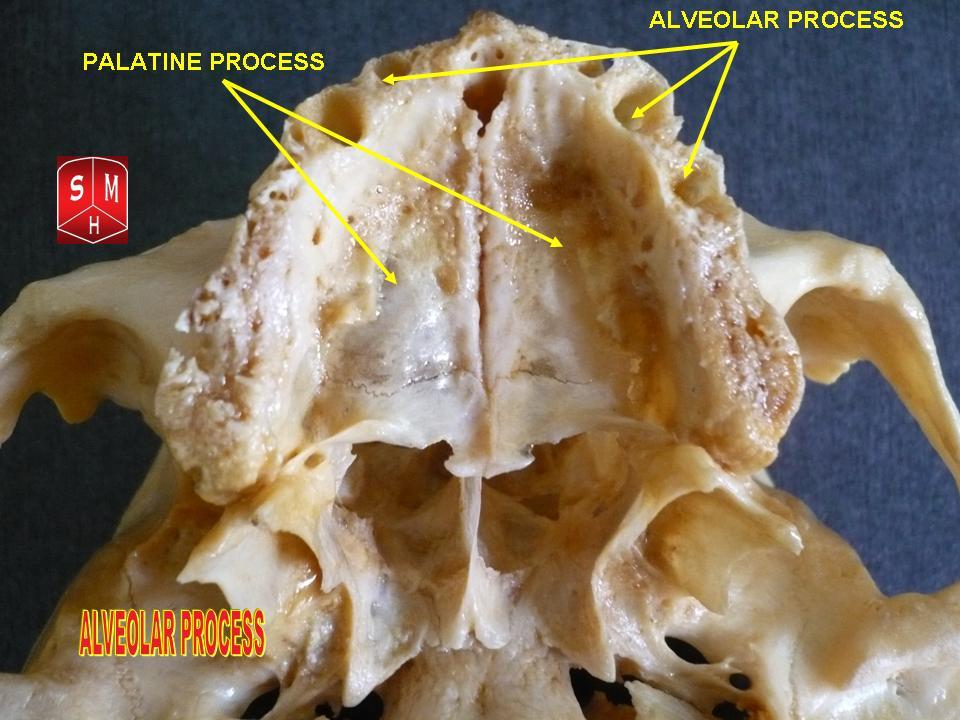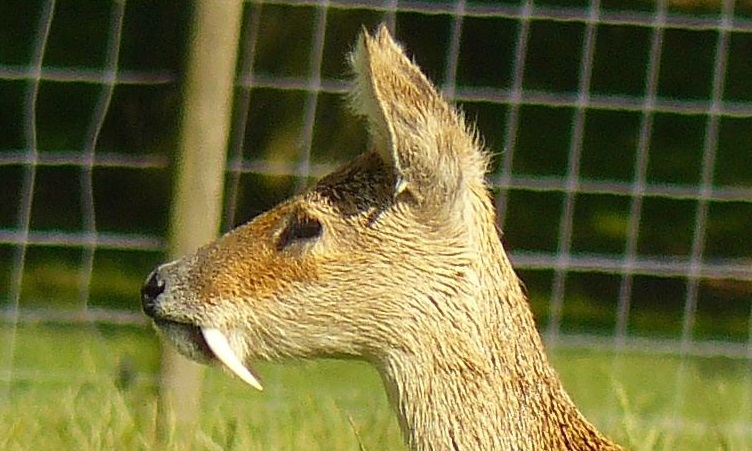|
Miniopterus Tao
''Miniopterus tao'' is a fossil bat in the genus '' Miniopterus'' from the Pleistocene of Zhoukoudian in China. It is known from a number of mandibles (lower jaws), which were initially identified as the living species ''Miniopterus schreibersii'' in 1963 before being recognized as a separate species, ''M. tao'', in 1986. ''Miniopterus tao'' is larger than living ''M. schreibersii'' and has more closely spaced lower premolars and more robust talonids (back groups of cusps) on the lower molars. The back part of the mandible is relatively low and on it, the coronoid and condyloid processes are about equally high. The average length of the mandible is 12.0 mm. Taxonomy In 1934, Chinese paleontologist C.C. Young was the first to describe fossil bats from the fossil site of Zhoukoudian Locality 1, which is famous for Peking Man. However, he did not mention '' Miniopterus'', which was first recorded by Kazimierz Kowalski and Chuan-kuei Li in 1963 in a description of new ma ... [...More Info...] [...Related Items...] OR: [Wikipedia] [Google] [Baidu] |
Fossil
A fossil (from Classical Latin , ) is any preserved remains, impression, or trace of any once-living thing from a past geological age. Examples include bones, shells, exoskeletons, stone imprints of animals or microbes, objects preserved in amber, hair, petrified wood and DNA remnants. The totality of fossils is known as the ''fossil record''. Paleontology is the study of fossils: their age, method of formation, and evolutionary significance. Specimens are usually considered to be fossils if they are over 10,000 years old. The oldest fossils are around 3.48 billion years old to 4.1 billion years old. Early edition, published online before print. The observation in the 19th century that certain fossils were associated with certain rock strata led to the recognition of a geological timescale and the relative ages of different fossils. The development of radiometric dating techniques in the early 20th century allowed scientists to quantitatively measure the abs ... [...More Info...] [...Related Items...] OR: [Wikipedia] [Google] [Baidu] |
Specific Name (zoology)
In zoological nomenclature, the specific name (also specific epithet or species epithet) is the second part (the second name) within the scientific name of a species (a binomen). The first part of the name of a species is the name of the genus or the generic name. The rules and regulations governing the giving of a new species name are explained in the article species description. For example, the scientific name for humans is ''Homo sapiens'', which is the species name, consisting of two names: ''Homo'' is the " generic name" (the name of the genus) and ''sapiens'' is the "specific name". Historically, ''specific name'' referred to the combination of what are now called the generic and specific names. Carl Linnaeus, who formalized binomial nomenclature, made explicit distinctions between specific, generic, and trivial names. The generic name was that of the genus, the first in the binomial, the trivial name was the second name in the binomial, and the specific the proper term fo ... [...More Info...] [...Related Items...] OR: [Wikipedia] [Google] [Baidu] |
Miniopteridae
''Miniopterus'', known as the bent-winged or long winged bats, is the sole genus of the family Miniopteridae. They are small flying insectivorous mammals, micro-bats of the order Chiroptera, with wings over twice the length of the body. The genus had been placed in its own subfamily among the vespertilionid bats, as Miniopterinae, but is now classified as its own family. Taxonomy The genus was erected in 1837 by Charles L. Bonaparte. In the first systematic revision of the genus, published in a monograph of ''Miniopterus'' in 1858 by Robert F. Tomes, the author reallocated specimens and described new taxa. A new systematic arrangement was produced in an extensive study of poorly known chiropterans of the Indo-Austral region by James E. Hill in 1985, the greater resolution of the genus being determined by the British Museum of Natural History's acquisition of new series of specimens collected in Fiji, the New Hebrides and New Caledonia and the extensive collection made in New G ... [...More Info...] [...Related Items...] OR: [Wikipedia] [Google] [Baidu] |
Homo Erectus
''Homo erectus'' (; meaning " upright man") is an extinct species of archaic human from the Pleistocene, with its earliest occurrence about 2 million years ago. Several human species, such as ''H. heidelbergensis'' and ''H. antecessor'' — with the former generally considered to have been the ancestor to Neanderthals, Denisovans, and modern humans — appear to have evolved from ''H. erectus''. Its specimens are among the first recognizable members of the genus ''Homo''. ''H. erectus'' was the first human ancestor to spread throughout Eurasia, with a continental range extending from the Iberian Peninsula to Java. Asian populations of ''H. erectus'' may be ancestral to '' H. floresiensis'' and possibly to '' H. luzonensis''. The last known population of ''H. erectus'' is '' H. e. soloensis'' from Java, around 117,000–108,000 years ago. ''H. erectus'' had a more modern gait and body proportions, and was the first human species ... [...More Info...] [...Related Items...] OR: [Wikipedia] [Google] [Baidu] |
Ia Io
The great evening bat (''Ia io'') is the largest bat in the vesper bat family (Vespertilionidae) and the only living species in the genus ''Ia (genus), Ia''. It is common to Eastern and Southeastern Asia (China, India, Laos, Nepal, Thailand and Vietnam), mainly living in areas with limestone caves at altitudes of . Their roost sites have been found both near the cave entrances and up to within the cave systems. Description The great evening bat reaches a length of . It is colored brown on the top and grayish on the bottom. Average wingspan is and it typically weighs . Not much is known about its habits and behavior. The bat usually lives in small groups. Its food consists of insects, as with most vesper bats. The great evening bat also sometimes feeds on small birds. The bat leaves its sleeping place in the late afternoon to search of food. During the winter months it may animal migration, migrate to warmer regions. Status The World Conservation Union, IUCN lists its conservat ... [...More Info...] [...Related Items...] OR: [Wikipedia] [Google] [Baidu] |
Trapezoid
A quadrilateral with at least one pair of parallel sides is called a trapezoid () in American and Canadian English. In British and other forms of English, it is called a trapezium (). A trapezoid is necessarily a convex quadrilateral in Euclidean geometry. The parallel sides are called the ''bases'' of the trapezoid. The other two sides are called the ''legs'' (or the ''lateral sides'') if they are not parallel; otherwise, the trapezoid is a parallelogram, and there are two pairs of bases). A ''scalene trapezoid'' is a trapezoid with no sides of equal measure, in contrast with the special cases below. Etymology and ''trapezium'' versus ''trapezoid'' Ancient Greek mathematician Euclid defined five types of quadrilateral, of which four had two sets of parallel sides (known in English as square, rectangle, rhombus and rhomboid) and the last did not have two sets of parallel sides – a τραπέζια (''trapezia'' literally "a table", itself from τετράς (''tetrás''), ... [...More Info...] [...Related Items...] OR: [Wikipedia] [Google] [Baidu] |
Tooth Crown
In dentistry, crown refers to the anatomical area of teeth, usually covered by enamel. The crown is usually visible in the mouth after developing below the gingiva The gums or gingiva (plural: ''gingivae'') consist of the mucosal tissue that lies over the mandible and maxilla inside the mouth. Gum health and disease can have an effect on general health. Structure The gums are part of the soft tissue l ... and then erupting into place. If part of the tooth gets chipped or broken, a dentist can apply an artificial crown. Crowns are used most commonly to entirely cover a damaged tooth or cover an implant. Bridges are also used to cover a space if one or more teeth is missing. They are cemented to natural teeth or implants surrounding the space where the tooth once stood. There are various materials that can be used including a type of cement or stainless steel. The cement crowns look like regular teeth while the stainless steel crowns are silver or gold. References ... [...More Info...] [...Related Items...] OR: [Wikipedia] [Google] [Baidu] |
Cingulum (dentistry)
In dentistry, cingulum (Latin: girdle or belt) refers to an anatomical feature of the teeth. It refers to the portion of the teeth that forms a convex protuberance at the cervical third of the anatomic crown. It represents the lingual or palatal developmental lobe of these teeth.Ash, Major M. and Stanley J. Nelson. ''Wheeler’s Dental Anatomy, Physiology, and Occlusion.'' 8th edition. 2003. . In zoology and palaeontology, cingulum refers to this feature only in the upper teeth. When this occurs in the lower teeth it is called the cingulid A cingulid is a term used when describing teeth, it refers to a ridge that runs around the base of the crown of a lower tooth (the equivalent on the upper teeth is the cingulum). The presence or absence of a cingulid is often a diagnostic featur .... References Teeth {{dentistry-stub ... [...More Info...] [...Related Items...] OR: [Wikipedia] [Google] [Baidu] |
Dental Alveolus
Dental alveoli (singular ''alveolus'') are sockets in the jaws in which the roots of teeth are held in the alveolar process with the periodontal ligament. The lay term for dental alveoli is tooth sockets. A joint that connects the roots of the teeth and the alveolus is called '' gomphosis'' (plural ''gomphoses''). Alveolar bone is the bone that surrounds the roots of the teeth forming bone sockets. In mammals, tooth sockets are found in the maxilla, the premaxilla, and the mandible. Etymology 1706, "a hollow," especially "the socket of a tooth," from Latin alveolus "a tray, trough, basin; bed of a small river; small hollow or cavity," diminutive of alvus "belly, stomach, paunch, bowels; hold of a ship," from PIE root *aulo- "hole, cavity" (source also of Greek aulos "flute, tube, pipe;" Serbo-Croatian, Polish, Russian ulica "street," originally "narrow opening;" Old Church Slavonic uliji, Lithuanian aulys "beehive" (hollow trunk), Armenian yli "pregnant"). The word was extende ... [...More Info...] [...Related Items...] OR: [Wikipedia] [Google] [Baidu] |
Angular Process
Angular may refer to: Anatomy * Angular artery, the terminal part of the facial artery * Angular bone, a large bone in the lower jaw of amphibians and reptiles * Angular incisure, a small anatomical notch on the stomach * Angular gyrus, a region of the brain in the parietal lobe * Angular vein, formed by the junction of the frontal vein and supraorbital vein Other uses * Angular (web framework), an open-source web platform **AngularJS, the first incarnation of Angular * Angle, having an angle or angles * Angular diameter, describing how large a sphere or circle appears from a given point of view ** Angular diameter distance, used in astronomy * Angular Recording Corporation, a British independent record label See also * Angle (other) An angle is a figure formed by two rays or a measure of rotation. Angle may also refer to: Places United States * The Angle, in the American Civil War, an area of the Gettysburg battlefield * Angle Creek, a river in Alaska * Angle Townsh ... [...More Info...] [...Related Items...] OR: [Wikipedia] [Google] [Baidu] |
Canine (tooth)
In mammalian oral anatomy, the canine teeth, also called cuspids, dog teeth, or (in the context of the upper jaw) fangs, eye teeth, vampire teeth, or vampire fangs, are the relatively long, pointed teeth. They can appear more flattened however, causing them to resemble incisors and leading them to be called ''incisiform''. They developed and are used primarily for firmly holding food in order to tear it apart, and occasionally as weapons. They are often the largest teeth in a mammal's mouth. Individuals of most species that develop them normally have four, two in the upper jaw and two in the lower, separated within each jaw by incisors; humans and dogs are examples. In most species, canines are the anterior-most teeth in the maxillary bone. The four canines in humans are the two maxillary canines and the two mandibular canines. Details There are generally four canine teeth: two in the upper (maxillary) and two in the lower (mandibular) arch. A canine is placed laterally t ... [...More Info...] [...Related Items...] OR: [Wikipedia] [Google] [Baidu] |





